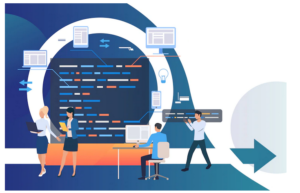Motion Magic: Unlocking the Secrets of Motion Graphics
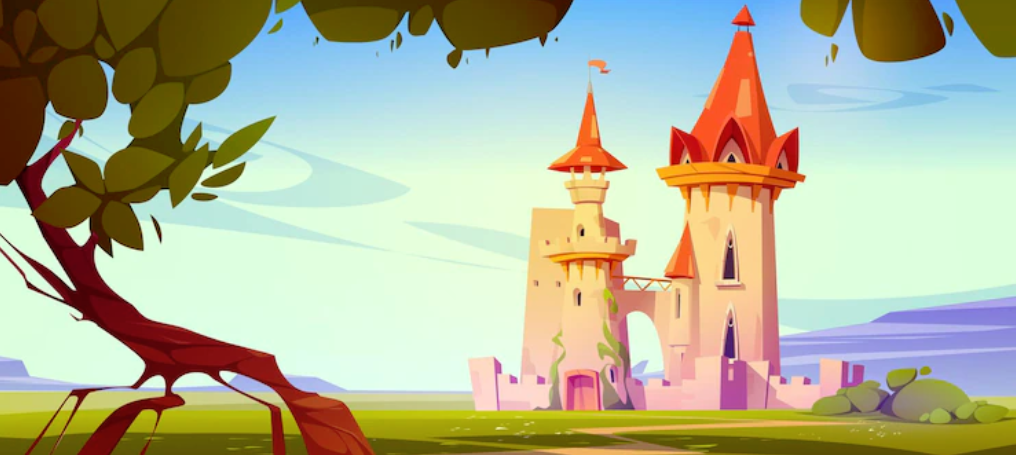
Table of Contents
A Definition Of Motion Graphics
Motion graphics is a digital animation technique that combines graphic design elements, such as text, images, and shapes, with animation and visual effects to create dynamic and engaging visual content.
Motion-based graphics can be used for a variety of purposes such as explainer videos, video commercials, music videos, and title sequences in films or television shows.
It is a powerful tool for visual storytelling, and it can be used to convey complex information or ideas in an easy-to-digest format.
The History Of Motion Graphics
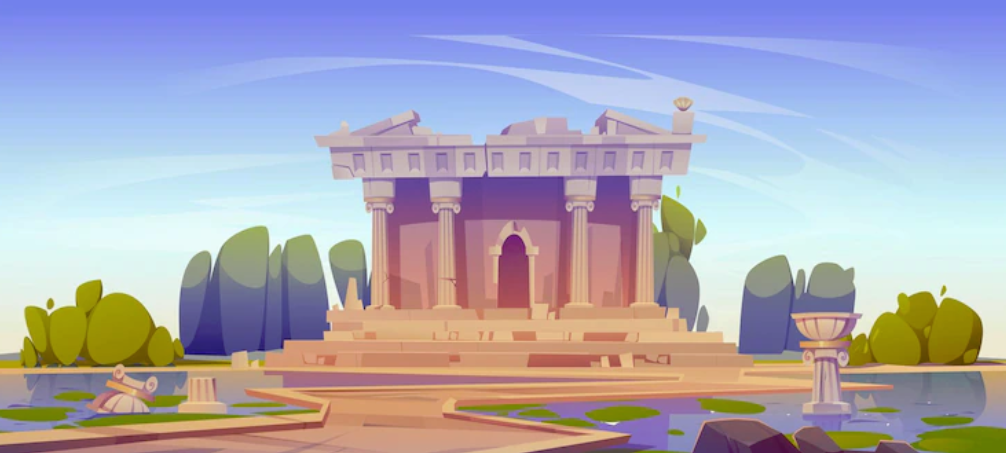
Motion graphics has a rich history that spans several decades. The origins of motion graphics can be traced back to the early days of cinema, where animators used techniques such as cel animation and stop-motion animation to create moving images.
As technology advanced, motion graphics evolved to include computer-generated imagery (CGI) and digital animation.
The advent of the internet and digital video editing software in the late 1990s and early 2000s allowed for the widespread use of motion graphics in television, film, and online media.
The field of motion graphics saw a significant growth in the 2000s and 2010s, with the rise of digital platforms and the increasing demand for visually engaging content.
Today, motion graphics are used in a wide range of contexts, from advertising and film to VR
With the advancements in technology, the future of motion graphics is expected to continue to evolve and expand into new areas such as immersive experiences, virtual and augmented reality.
The Importance Of Motion Graphics In Visual Storytelling

Motion graphics play a crucial role in visual storytelling. They can be used to convey complex information in a simple and engaging way. Motion graphics can be used to create visual interest, capture the viewer’s attention, and hold their interest for the duration of the video.
They can be used to create a sense of emotion, convey a message, and provide context. They can also be used to break up static content and make it more engaging. Motion graphics can be used to create a cohesive visual style and aesthetic, which can help to enhance the overall viewing experience.
Furthermore, they can also help to convey a brand’s message and values and help to increase audience engagement and retention. Lastly, they can also be used to create a sense of immersion and transport the viewer into a different world.
The Benefits of Motion Graphics

Motion graphics are a powerful tool for visual storytelling, they can be used to convey complex information or ideas in an easy-to-digest format.
They can be used to create visual interest, capture the viewer’s attention, and hold their interest for the duration of the video. They can be used to create a sense of emotion, convey a message, and provide context, and they can help to enhance the overall viewing experience.
Furthermore, they can be a great way to engage and retain an audience, making it a powerful marketing tool.
Lets dive in and take a look at the main benefits motion graphics have to offer:
Increased Engagement
Motion graphics can be used to increase audience engagement by providing a dynamic and visually appealing way to present information.
They can be used to create a sense of immersion and transport the viewer into a different world, making the content more relatable and memorable.
Motion-based graphics can be used to break up static content and make it more engaging, which can help to hold the viewer’s attention for longer periods of time.
Animated graphics in the whole help to convey a brand’s message and values, making it more likely for the viewer to remember and connect with the brand.
Lastly, animated videos can be used to create a cohesive visual style and aesthetic, which can help to increase audience engagement and retention.
Use of visual storytelling
Motion graphics is a versatile medium that can be used for both commercial and artistic purposes, it can be used in many different contexts, such as on television, in film, online, or in virtual reality environments.
The use of visual storytelling in motion graphics is an effective way to convey complex information or ideas in an easy-to-digest format.
Emotional connection
Motion graphics can be used to create an emotional connection with the audience by providing a dynamic and visually appealing way to present information.
They can be used to create a sense of emotion and provide context to the content, making it more relatable and memorable. Through the use of visual storytelling techniques, motion graphics can help to convey a message, and evoke certain feelings in the viewer.
The use of color, sound, and visual elements can be used to create a specific mood or atmosphere, making it more impactful and memorable.
Furthermore, by creating a sense of immersion and transporting the viewer into an alternate world, they can help to establish an emotional connection between the viewer and the brand or content.
Simplification of Complex Concepts
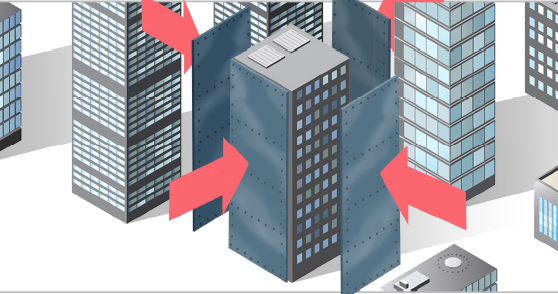
Use of motion graphics to break down complex ideas
Motion graphics can be an effective tool to break down complex ideas and make them more accessible to the audience.
They can be used to present information in a visually appealing and dynamic format, making it easier to understand and retain.
By using visual storytelling techniques, motion graphics can help to convey complex information in a simple and engaging way.
They can be used to create a sense of immersion, providing context and making the content more relatable.
Additionally, motion graphics can also be used to create generally cohesive visuals and aesthetics, which in turn help to enhance the overall viewing experience making complex ideas more memorable.
Increased Retention
By providing a dynamic and visually appealing way to present information, retention can be increased.
Using visual storytelling techniques and creating a sense of involvement by providing context and making for more relatable content , helping to retain the viewer’s attention.
Additionally, breaking up static content and making it more engaging can also help to hold the viewer’s attention for longer periods of time, thus increasing retention.
Use of motion graphics to make information more memorable
Motion graphics grab viewers’ attention by using visually engaging techniques such as animation, dynamic movement, and bold design elements.
The use of these techniques can create an immersive and interactive experience that captures viewers’ interest and makes the information more memorable.
The use of visual storytelling through animation and kinetic typography can also help to break down complex ideas, making them more relatable and easy to understand.
Using sound effects and a fitting soundtrack can also help to create an emotional connection with the audience, which can increase engagement and make the information more memorable.
Overall, motion graphics can grab the viewer’s attention, create an emotional connection and make complicated information more relatable and memorable
Long-term retention of information
By providing a dynamic and visually appealing way to present information, long-term retention can be encouraged.
Employing techniques such as visual storytelling and immersing the viewer by establishing context and relatability can help to sustain viewer engagement
A consistent visual appearance and design can greatly improve the overall viewing experience, making the information more memorable.
Additionally, by breaking up static content and making it more engaging, the viewer’s attention is held for longer periods of time, thus increasing the likelihood of long-term retention of the information
Cost-Effective
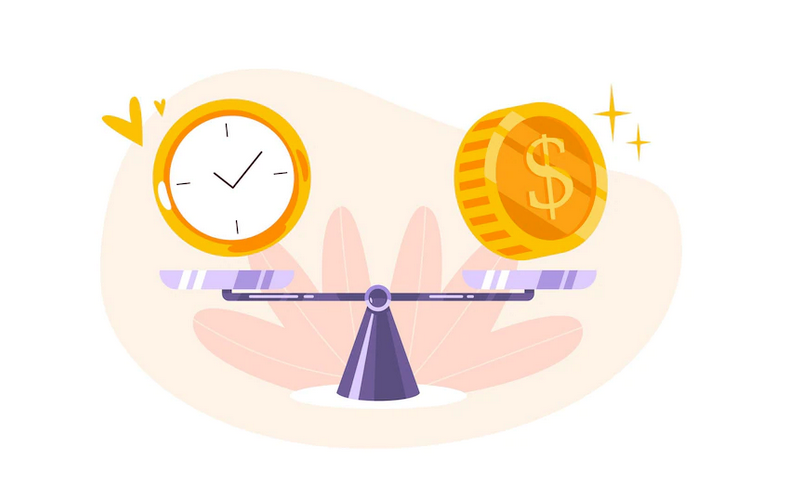
By using animation, visual effects and design elements, a lot of information can be conveyed in a short amount of time, making it cost-effective.
The use of motion graphics can also help to increase audience engagement and retention, which can lead to better ROI. Additionally, the use of motion graphics can reduce the need for additional resources such as actors, sets and locations.
The versatility of motion graphics allows them to be used across multiple platforms, therefore, increasing their reach and making it cost-effective.
The use of motion graphics can also help to convey a brand’s message and values, making it more likely for the viewer to remember and connect with the brand.
Lets take a look at the factors involved:
Lower production costs compared to live-action videos
Motion graphics typically have lower production costs compared to live-action videos because they do not require costly equipment, locations, or actors. Instead, motion graphics are created using animation software and can be produced entirely in-house with a small team.
This means that businesses can create high-quality videos without incurring the expenses associated with live-action productions. Additionally, motion graphics can be easily updated and reused, resulting in even more cost savings.
This is why many companies choose to use motion graphics in their marketing and advertising efforts.
Reusable Assets
Animation, visual effects and design elements can be utilized in multiple projects, making them reusable assets. Reusing motion graphics can save time and money in future productions.
They can also be adjusted and updated to match the latest branding, style or technology.
Additionally, motion graphics can be used across various platforms, making them a versatile and cost-effective solution.
Versatility
Animation, visual effects and design elements can be used for various purposes, such as for animated explainer videos, commercials, music videos, and title sequences in films or television shows.
Motion graphics can be utilized in a variety of settings, including on TV, in films, on the internet, and even in virtual reality environments. Their versatility allows them to add visual appeal, grab the audience’s attention, and keep them engaged throughout the video.
Use in various platforms
Animation, visual effects and design elements can be used on various platforms such as social media, websites, commercials, and events.
They can be adapted to different screen sizes and resolutions, making them suitable for different devices. The use of motion graphics can help to increase audience engagement and retention, leading to better ROI.
By utilizing motion graphics, a consistent visual style and aesthetic can be established, leading to higher engagement and retention from the audience, no matter the platform it is viewed on
Adaptability to different languages and cultures
Animation, visual effects and design elements can be adapted to different languages and cultures by translating the text and adapting the visual elements to match the cultural context.
Employing familiar symbols and images that resonate with the intended audience can enhance the relatable and memorable nature of the content..
Careful consideration of the color schemes, sound effects, and other visual elements can help to create a sense of immersion and transport the viewer into a different world.
By incorporating a consistent visual style throughout the motion graphics, it can capture the audience’s attention and hold their interest, regardless of their cultural background or language spoken. This can help to increase engagement and retention of the content.
Furthermore, the use of motion graphics can help to convey a message in a way that is universally understandable.
Different Types of Motion Graphics
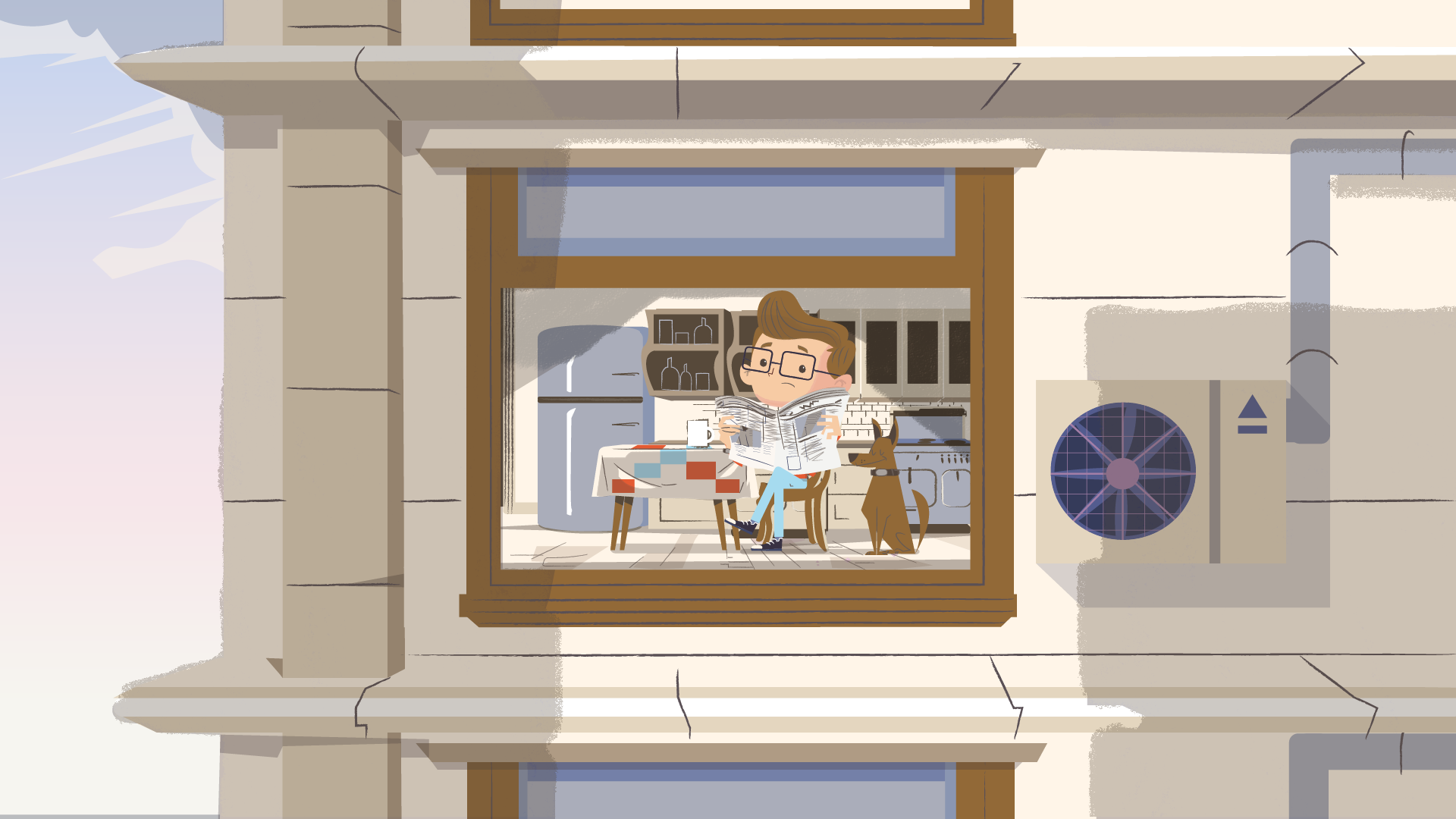
Animation, visual effects and design elements can be used in various forms to create motion graphics such as 2D animation, 3D animation, stop motion, whiteboard animation, kinetic typography, and more.
Each of these forms has its own unique style, which can be used to create different effects and convey different messages. The choice of which form to use depends on the message being conveyed, the desired audience and the platform it will be used on.
2D animation
2D animation is the process of creating moving images using two-dimensional illustrations, such as hand-drawn or computer-generated graphics.
It’s often used to create cartoon-like characters, settings, and environments. 2D animation is created using software such as Adobe Flash, Adobe After Effects, and Toon Boom.
The animation is created by drawing or scanning the illustrations and then using software to put them in motion, frame by frame. This process can be done by hand or using motion graphics software.
3D animation
3D animation is the process of creating moving images using three-dimensional models and computer graphics.
It is often used in film, video games, and architectural visualization. 3D animation is created using software such as Autodesk Maya, Blender, and Cinema 4D.
The animation is created by creating a 3D model, rigging it with a virtual skeleton, and then animating the model using keyframes or motion capture data. This process can also be used to create realistic or stylized visual effects, simulations, and environments.
Kinetic typography
Kinetic typography is the art of animating text in a way that it becomes the main focus of the animation. It is used to make text more engaging and to convey a message in a more dynamic and interesting way.
This technique is often used in music videos, title sequences, and commercials. Kinetic typography can be created using software such as Adobe After Effects, Adobe Premiere Pro, and Final Cut Pro.
It can be used to create a variety of effects such as text flying in, out, around, or changing its shape and color, creating a visually striking animation.
Infographics
Infographics are a type of motion graphic that use data, illustrations, and typography to convey information in a clear, concise, and visually engaging way.
They are used to present data, statistics, and other information in a more digestible and appealing format. Infographics can be used in various types of content such as social media, websites, presentations, and reports.
Infographics can be created using software such as Adobe Illustrator, Adobe After Effects, and Canva.
Interactive motion graphics
Interactive motion graphics are a type of motion graphics that allow the audience to interact and engage with the visual content. They can be used to create interactive videos, installations, and web-based applications.
IMG combines animation, visual effects, and design elements with interactive technology such as touch screens, motion sensors, or VR/AR technology. Interactive motion graphics can be used to create engaging and immersive experiences, allowing the audience to explore and interact with the content in a more dynamic way.
They can be used in various types of content such as social media, websites, presentations, and reports. Typically created using software such as Adobe After Effects, Unity, and HTML/CSS/Javascript.
Explainer videos
Animated explainer videos are a type of motion graphics that use animation and visual effects to explain a product, service, or concept in a clear, concise and engaging way.
They are typically short, usually less than 2 minutes, and use a combination of animation, narration and music to convey the message. They are often used to explain complex or technical concepts and can help to increase audience engagement and retention.
They can be used on various platforms such as websites, social media, and presentations. Animated explainer videos can be used to increase conversions and boost sales.
They can be created using software such as Adobe After Effects, Adobe Illustrator, Adobe Premiere Pro and Final Cut Pro.
How To Create Motion Graphics
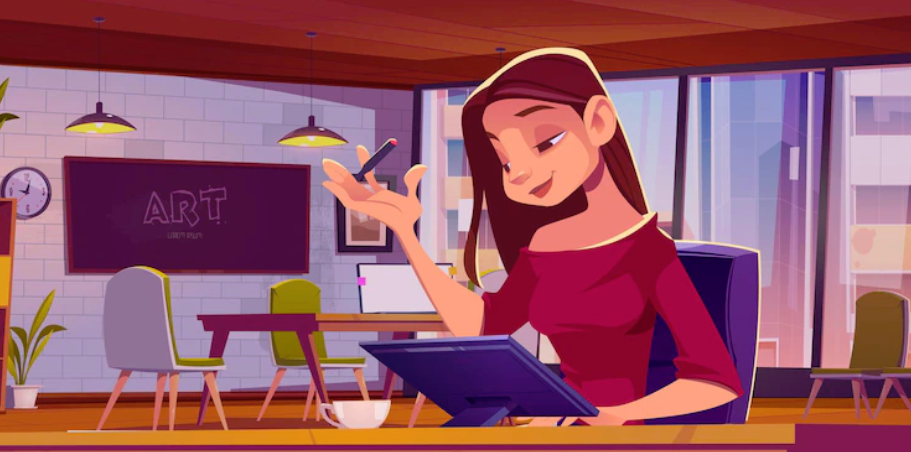
Creating motion graphics involves the use of animation, visual effects, and design elements to create moving images.
It involves the use of software such as Adobe After Effects, Adobe Illustrator, Adobe Premiere Pro, and Final Cut Pro, and may also require the use of other tools such as a Wacom tablet for hand-drawn animation.
The process typically involves creating a storyboard, designing and animating the graphics, and then editing and compositing the final animation. The end result can be used in various types of content such as social media, websites, presentations, and reports.
Choosing the right software
Choosing the right software for creating motion graphics depends on the specific needs and the scale of the project.
The most popular software for creating motion graphics are Adobe After Effects, Adobe Illustrator, Adobe Premiere Pro, and Final Cut Pro. Each software has its own specific features and capabilities.
Adobe After Effects is a compositing and motion graphics software that is used for creating visual effects and animations.
Adobe Illustrator is a vector graphics software that is used for creating illustrations, logos, and icons.
Adobe Premiere Pro is a video editing software that is used for creating films, videos, and commercials.
Final Cut Pro is a professional video editing software that is used for creating films, videos, and commercials for Mac users. It is important to research the features of each software to determine which one is best for a specific project.
Scriptwriting
Scriptwriting for motion graphics is the process of creating a written narrative that will be used as the basis for the animation.
A script should clearly convey the story, message, and purpose of the animation. It should be written in a way that is easy to understand and visually descriptive.
The script should also include a clear call-to-action, which will guide the audience to take a desired action. The script should be written with the target audience in mind, and should be tailored to their preferences and interests.
Scriptwriting for motion graphics is a crucial step in the production process and can greatly impact the success of the final animation.
Storyboarding
Storyboarding for motion graphics is the process of creating a visual representation of the script, it’s a visual plan for the animation.
It’s a way to organize and plan out the sequence of shots and scenes that will be animated. It includes the visual elements, camera angles, and key frames for each shot.
A storyboard helps to visualize the final animation and to identify any potential problems before the animation process begins.
It also helps to communicate the creative vision to the team members and clients. Storyboarding is a crucial step in the production process as it helps to save time and money and ensures that the final animation meets the desired goal. It also helps to make changes and revisions in the early stages of the production process.
Design and animation
Design and animation for motion graphics involves creating the visual elements that will be used in the animation, such as illustrations, characters, and backgrounds.
It also includes the process of bringing those elements to life through animation techniques such as keyframe animation, motion graphics, and compositing.
The design should be visually appealing, consistent, and in line with the style and tone of the animation. The animation should be smooth, believable, and aligned with the script and storyboard.
It should also be optimized for the specific format, such as web or TV. Design and animation for motion graphics also involve using software such as Adobe After Effects, Adobe Illustrator, Adobe Premiere Pro and Final Cut Pro.
It’s important to pay attention to details and make sure that the animation is polished and polished to make sure it meets the desired result.
Professional Voice Over’s
Professional voice overs for motion graphics add an extra level of engagement and credibility to the animation.
They provide a clear and consistent narration that guides the audience through the story, and conveys the message effectively.
A professional voice over artist has the ability to bring the script to life and make the animation more engaging and memorable. It is important to choose a voice over artist that has a voice that resonates with the target audience and aligns with the style and tone of the animation.
Voice overs add an extra touch of professionalism and can greatly enhance the overall quality of the motion graphics.
Soundtrack and Sound effects
A professional soundtrack and sound effects for motion graphics can greatly enhance the overall viewing experience.
They can be used to create a specific mood and atmosphere, and to add an extra level of engagement and immersion.
Soundtrack and sound effects can also be used to guide the audience’s attention and to highlight key moments in the animation.
The use of sound can also help to create a sense of continuity and cohesiveness throughout the animation.
It is important to choose a soundtrack and sound effects that align with the style and tone of the animation and that resonate with the target audience.
Post-production
Post-production for motion graphics is the final stage of the animation process and involves finalizing, editing and polishing the animation.
It includes tasks such as color correction, compositing, and sound design. It’s where the animation is fine-tuned to meet the desired visual and audio aesthetic.
Post-production is a crucial step in the animation process as it can make or break the final animation. It helps to fix any errors or inconsistencies that may have occurred during the production process.
It also helps to ensure that the animation meets the desired goal and that it is in line with the script, storyboard and the original concept.
The attention to detail during the final stages of animation is crucial to achieving the desired outcome. This is also the opportunity to make any necessary adjustments and revisions before the animation is completed.
Best Practices for Motion Graphics

Best Practices for Motion Graphics involves following a set of guidelines and techniques that help to ensure that the final animation is polished, professional, and effective.
It includes tasks such as scriptwriting, storyboarding, design and animation, sound, and post-production. By following best practices, it helps to ensure that the animation is visually appealing, aligned with the script, and meets the desired goal.
It also helps to save time and money and ensures that the final animation meets the desired result.
Keep it simple
Simplicity in motion graphics can aid comprehension and better connect with the intended audience.
The use of simple and clear visuals and animations can help to convey the message effectively. Avoiding unnecessary clutter and complexity can help to ensure that the animation is visually appealing and easy to follow.
Use color effectively
Using color effectively in motion graphics can greatly enhance the overall viewing experience and convey the message more effectively.
Color can be used to create a specific mood and atmosphere, and to guide the audience’s attention. Choosing the right color palette is important to ensure that the animation is consistent and in line with the style and tone of the animation.
The utilization of color in motion graphics can help to establish a consistent and cohesive visual aesthetic throughout the animation. Careful selection of colors that align with the intended audience and complement the overall style and tone of the animation is crucial
Include a call to action
Using a call to action (CTA) in motion graphics can greatly enhance the overall viewing experience and drive the desired outcome. CTAs can be used to encourage the audience to take a specific action such as visiting a website, signing up for a newsletter, or making a purchase.
CTAs can be added in the form of a button, a text, or a voice-over. It’s important to make the CTA clear and easy to understand. The CTA should be strategically placed and timed to ensure that it is seen and heard by the audience.
It is important to ensure that the CTA aligns with the overall message and goal of the animation.
Optimize for different devices
Optimizing your animated video for different devices is crucial to ensure that the animation is accessible to as many people as possible.
It involves ensuring that the animation is compatible with different screen sizes, resolutions, and aspect ratios for social media sites such as TikTok. It also involves ensuring that the animation plays smoothly on different devices such as desktops, laptops, smartphones, and tablets.
Optimizing the video for different devices can help to ensure that the animation is accessible to a wider audience. It also helps to ensure that the animation is visually appealing and easy to understand on different devices.
The use of responsive design techniques can help to ensure that the animation adapts to different screen sizes and resolutions. It’s also important to test the animation on different devices before publishing to ensure that it works as intended.
Additionally, including subtitles or closed captions can also help to make the video accessible to different audiences.
Real-World Examples Of Motion Graphics
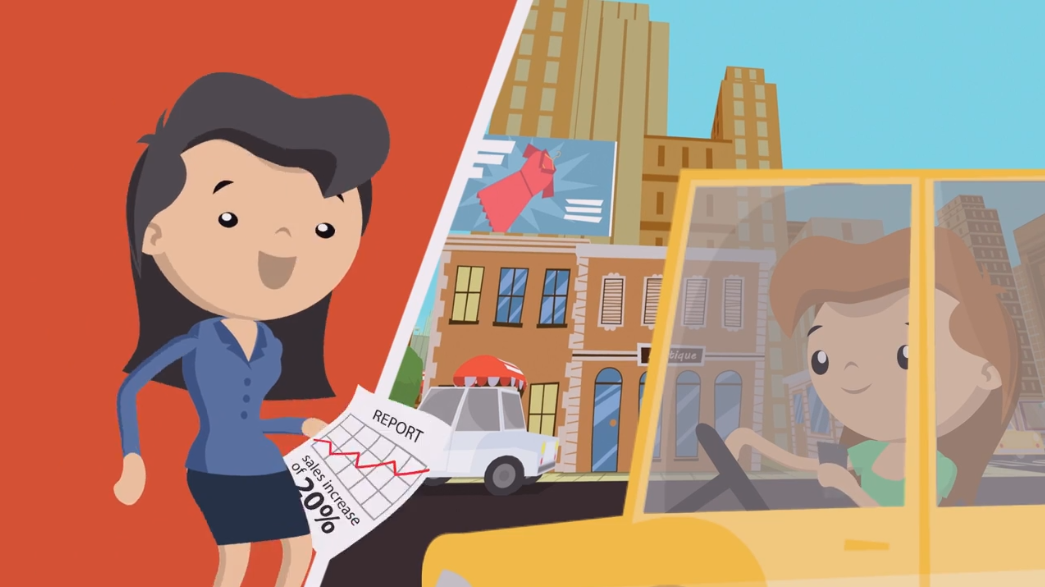
Real-world examples of motion graphics can be found in a wide variety of industries and applications. One of the most common examples is in the film and television industry, where motion graphics are used to create dynamic and engaging title sequences, visual effects, and animations.
Another example can be found in the advertising industry, where motion graphics are used to create visually striking and attention-grabbing commercials, product demos, and explainer videos. These types of videos help to convey complex information in an easy-to-understand and engaging way.
In the field of architecture, motion graphics are used to create architectural visualizations, which help architects and designers to communicate their ideas and designs to clients and stakeholders in a clear and compelling way.
They are also used in the field of product design, to showcase the features and benefits of a product in an engaging and interactive way.
Case studies
One real-world example of motion graphics can be found in the tech industry, where the company Salesforce used motion graphics in their explainer video to showcase their services in a clear and engaging way, resulting in a significant increase in website traffic and conversions.
Another real-world case study is where the company Dropbox used motion graphics in their video to explain their services to the user, which helped them to increase their signups by over 10%.
A third example is where the car brand Mercedes-Benz used motion graphics in their commercial to showcase the features of their new car model, resulting in a significant increase in sales and brand awareness.
Above are just some examples of how motion graphics have been utilized to boost engagement, conversions, and sales in businesses to convey their message and present their products and services in an appealing way.
Examples of motion graphics in different industries
In the entertainment industry, motion graphics are used to create visually stunning title sequences, special effects, and animations in movies and TV shows.
In the architectural industry, motion graphics are used to create architectural visualizations and animations for presentations and architectural walkthroughs.
In the advertising industry, motion graphics are used to create commercials, product demos, and explainer videos that grab the attention of the audience and convey complex information in an easy-to-understand way.
These are some examples of how motion graphics are used in different industries to create visually engaging and informative content. They are a versatile medium that can be used in a wide variety of fields and applications to communicate complex ideas and information in a clear and compelling way.
Conclusion

In conclusion, motion graphics are a powerful tool for businesses of all sizes and industries. They have the ability to capture attention, convey complex ideas in a simple and engaging way and increase engagement, conversions, and sales.
They are also versatile and can be used in a wide variety of applications, from advertising, architectural visualization, product design, and beyond.
Businesses that invest in motion graphics, whether for marketing and advertising or for internal communication, can see a significant return on investment.
By using motion graphics, businesses can stand out in a crowded marketplace, communicate their message effectively, and drive their business forward. It is a cost-effective and efficient way to engage the audience and make the message more memorable.
Maybe its time for your businesses to consider incorporating motion graphics into their marketing and communication strategies. call us today for further details.
Additional Resources
There are many articles and studies that have been conducted on the effectiveness of motion graphics in various industries and applications. Some of the most relevant and informative resources include:
Why You Should Use Motion Graphics in Your Marketing
How Animation-Based Learning Can Improve Your Online Courses
How To Create Explainer Videos That Drive Marketing Success
All these articles and studies provide valuable insights and information on the ways in which motion graphics can be used to enhance communication and drive business growth.
They are a great resource for businesses and professionals looking to learn more about the power of motion graphics and how to use them effectively.
Article by Nicole Delgado 2023 | CMO | Explainer Video Company | Animated Explainer Videos For Business
Related Articles:
Explainer Video Companies: How They Can Benefit Your Business
Pros and Cons of 30-Second Explainer Videos for Your Business


